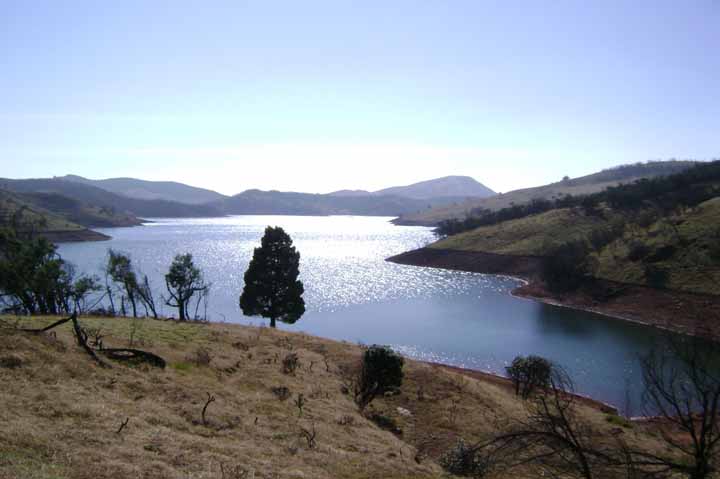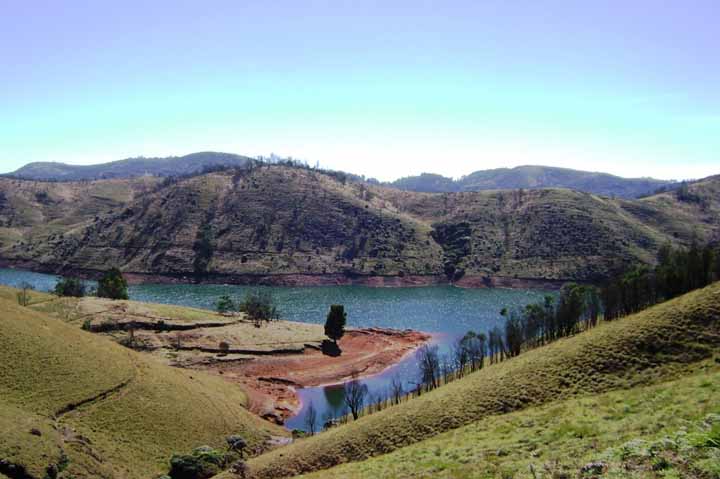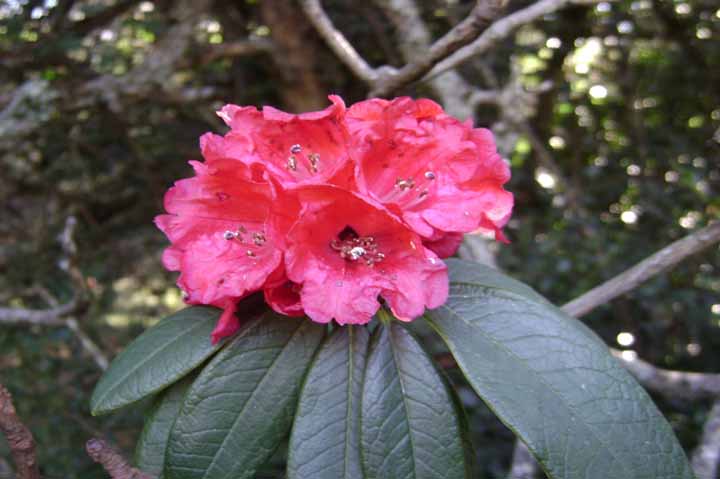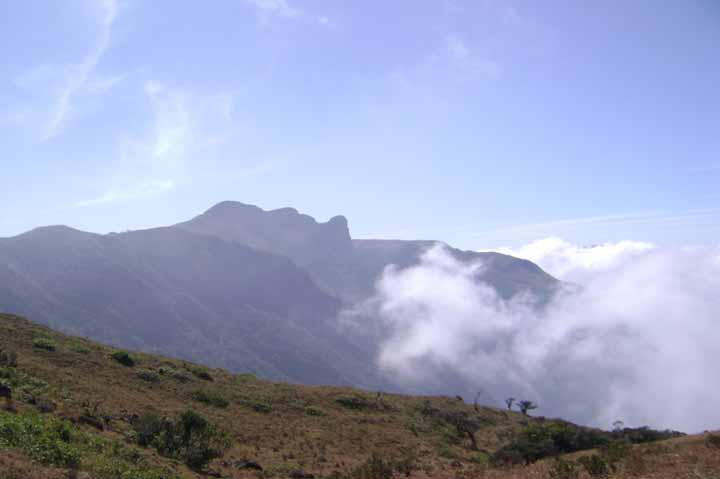Burning Issues
Shola – grassland – The portrait of Indian Forest
A typical shola land is ‘Avalanche, about 30 km from Ooty and comprising of a lake, shola grassland as well as spectacular mountain view. Nilgiri biosphere reserve covers an area of 5500 sq.km in states of Karnataka, Kerala & Tamilnadu. In the upper Nilgiris,
there is no summer and winter season as such, but only wet and dry season prevails. Dry season commences from January to April. The western slopes receive rainfall about 3000 mm. It exceeds 5000 mm in some parts of Nilgiris. The first monsoon commences
from June until September and the next from October to December. The temperature around the year ranges from 0 to 400c.

Shola - Grassland:
Shola finds its origin from Tamil word ‘sholai’ meaning thicket, cold place. Shola - grasslands are rich store houses of biodiversity and also home to extremely rich wildlife. They consist of dwarf trees growing 25-30 feet - vegetation is double layered
storey with closed canopy which hardly permits a single ray of sunlight to penetrate in the natural vegetation. Nilgiris upper region is classified as southern grassland mountain grassland. Mountain vegetation consists of patches of stunted evergreen forest.
Sharp ecotone between the shola and grassland structure has been attributed to prevalence of forest fire. These are some native shola trees are,
Pygecum gardneri, Scheffera racemosa, Linociera ramiflora, Syzium spp , Rhododendron nilgiricus, Mohonia nepalensis, Elaeocarpus recurvatus, Itex deticulata, Michelia Nilagirica.

Branches of shola tree are colonized by epiphytes like lichen, mosses, orchids and ferns, beside woody climbers. They get water from the mist. Shola are natural sponges and they collect rain water in soil trunks, leaving cavities of trunk in monsoon and feed
thousand of perennial springs keeping them alive even during the severest of summer downhill. Shola also act as thermostats, remaining at a constant 15-20 Celsius, morning and night ,summer and winter. At same time, the temperature in the adjoining grassland
vary from 0 to 40 Celsius. Every shola, no matter how small it is, give birth to the springs, many rivers of south India originate in the sholas:Tunga Bhadra, Nethravathi, Cauvery etc. grasslands are so important as critical life giving waters.

Flora & fauna
Flora & fauna of shola grassland are unique, they are home to most of the birds endemic to western ghats. Like black – orange flycatcher, Nilgiri pipit, Nilgiri laughing thrush, and mammals like Nilgiri langoor and most endangered species Nilgiri Tahr. The
grassland is being rapidly closed in by various woody exotic species for example lantana camera, ulex europaeus, Acacia mearnsii, Schoch broom and wattle. These plants are not native plants of the grassland. In the middle of 19th century, British set their
sights in the upper Nilgiris because there was close resemblance of climate and vegetation with their homeland. They cut the shola trees for need of timber and fire wood. Some of the forest conscious Britishers did take some care to protect sholas, though.
Since grasslands were considered as wastelands they turned were into farming land. They started to plant exotic plant wattle, pine,
Acacia mearnssii, schoch brrom, resulting in decline in number of population of Nilgiri tahr. The reason was that those exotic plants competed with the grass land species for soil nutrients resulting in stunted growth.
Species like Chrysopogan zeylanicilus, Cymbopogan hexuosus, Arundinella tubercutata are characterized as frost and fire resistant.

Some shola area suffered from excessive burning, resulting in shrinkage of forest and fire is also one of the major factor which not only depletes undergrowth but also facilitates the seed germination of fast invading, weed plants by breaking seed dormancy.
Shola is a very sensitive type of vegetation. Once it vanishes from its original habitat, it is very difficult to make it reappear in view of the change in climate which does not allow shola seedling to grow in open grasslands, the few remaining shoal - grassland
landscape are found inside the Mukurthi national park on the western slopes of the Nilgiris and in vicinity of Avlanche.
Unfortunately nearly 80% of the original environment has been destroyed by encroachment, ignorance of its value and more than 60% of the grassland has disappeared, shola-grass lands are declining at an alarming rate. Deforestation for purpose of agriculture
has sounded the death knell for shola and grasslands as well as warning bells for the flora and fauna of Nilgiris grassland –shola. Sholas also serve as a source of herbal medicines.
It is necessary to document the unique biodiversity and evolve strategies to conserve this vital and threatened ecosystem, urgent action needs to be taken by all of us to save this priceless natural heritage at any cost. Deforestation not only affects the
biodiversity of flora and fauna of shola-grassland but it results in a severe imbalance of whole ecosystem. Hence, arises the need to conserve the portrait of the Indian Forest.

(Text and Photographs by Prajakta Hushangabadkar, blumepraja7@gmail.com)
|